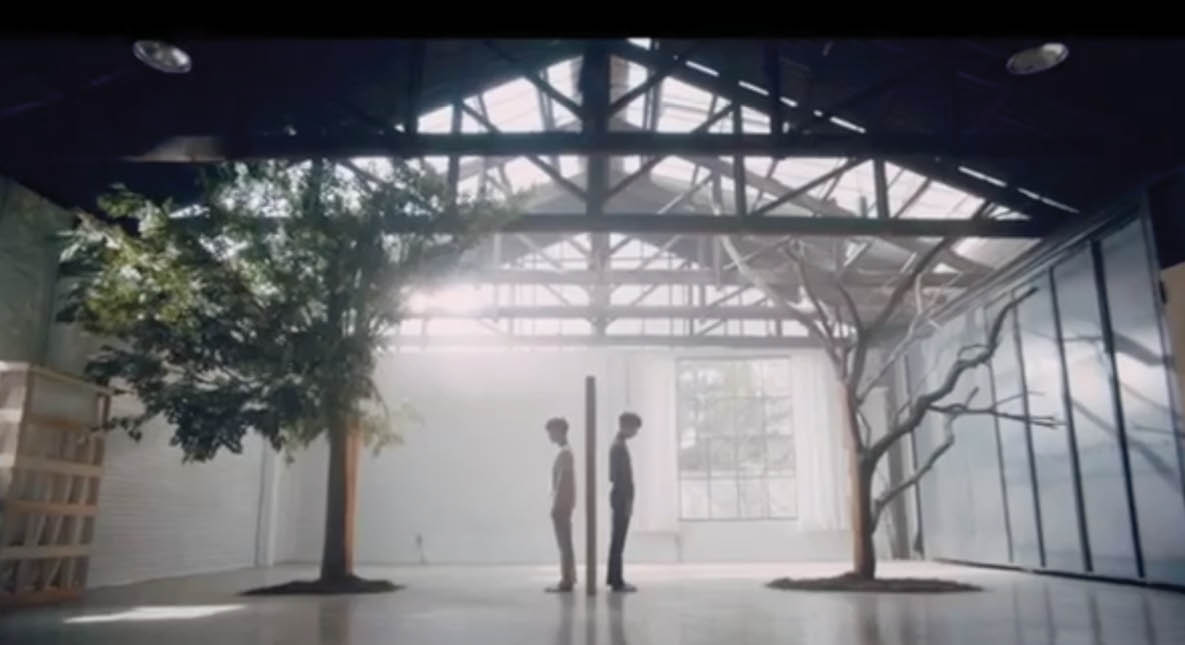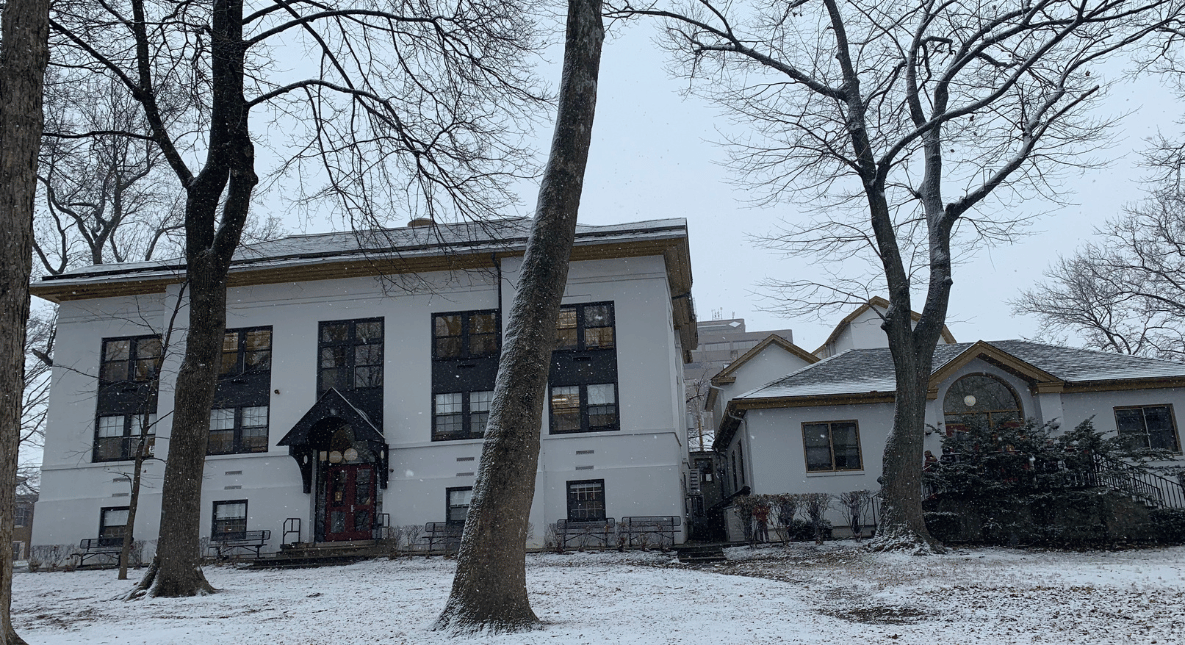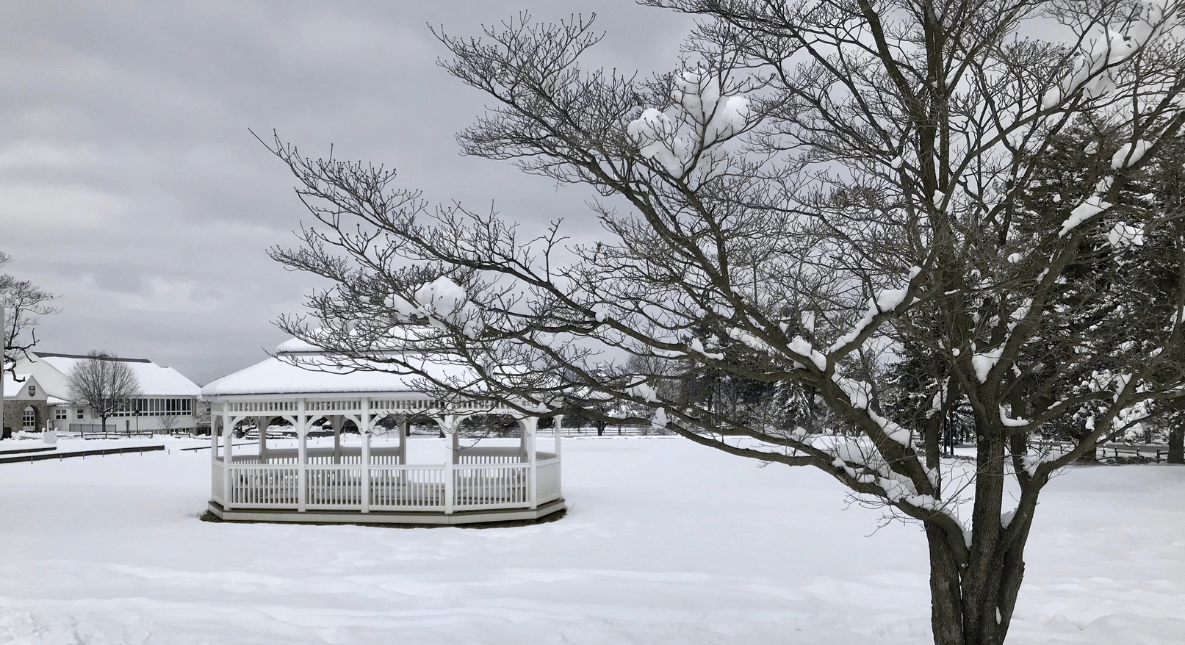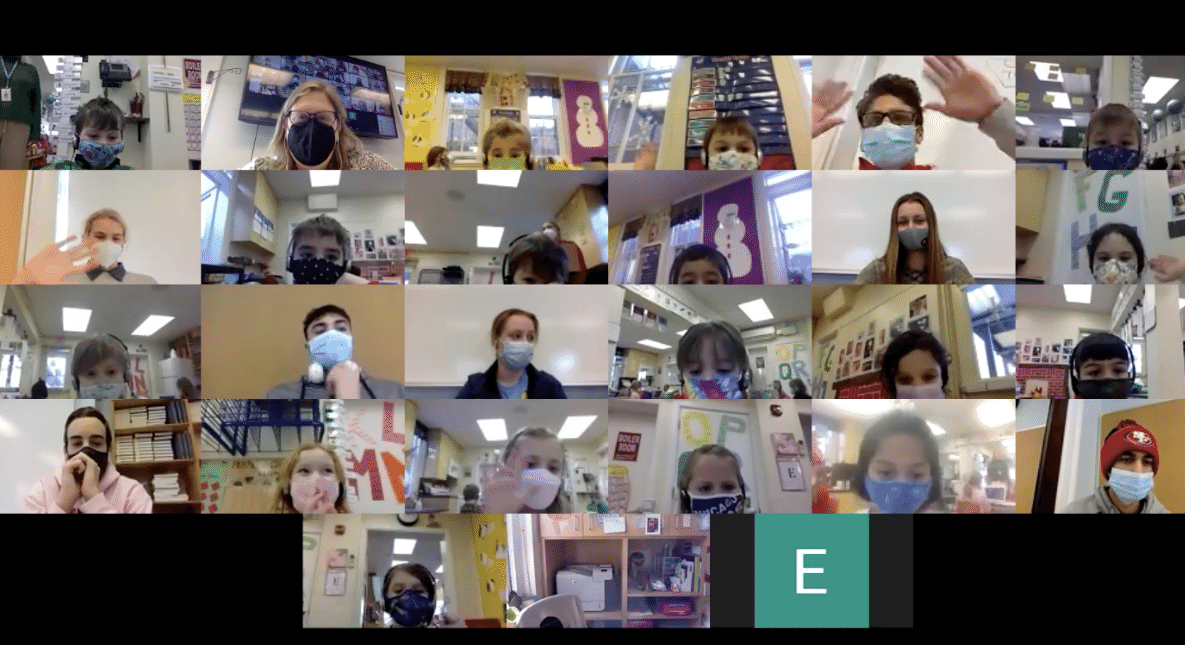How Do You See Loneliness?
Last semester, 18 students embarked on an investigation of Loneliness and Solitude in American Literature and Society under the guidance of Upper School English teacher Dr. Catherine Moore. For her final project, Bethany Marzella '20 explored perceptions of loneliness in a project entitled "How Do You See Loneliness?" Read her project below:
This project is based on questions I had throughout the entire first semester of Solitude and Loneliness: what do people think loneliness is, do people know if they are or have been lonely, does anyone have ideas to avoid loneliness?
My goal was to get in the minds of others and to see what the image of loneliness was. In my video, I managed to include dances, songs, paintings, photographs, street art, interviews, along with a survey. Each building block of the final product was based on the question “how do you see loneliness”. To that end, I questioned my peers and put the responses together in a video. Everything in my project is supposed to show and tell what loneliness means to people.
The first step I took was research, starting with the “UCLA Loneliness Scale”. I used this scale and another, “UP Loneliness Assessment Scale”, to gather questions for my own scale. After putting together a Google Form survey with a few of these questions, I sent it to my classmates, family, and even posted it on social media for more responses. Altogether, I gathered 42 responses from my Google forms survey. Along with my modified scale, I knew I wanted to incorporate some form of art into my project, so I reached out and asked several people to email me artwork, regardless of the medium, along with an explanation of why it represented loneliness to them.
In addition to their submissions, I used artwork that I, too, found portraying loneliness. Next, I gathered a list of questions I wanted to interview my peers with, pulled them aside, and recorded their responses on my phone. I made sure to have a mixture of age, gender, and relationship to me so I could achieve the most accurate results. The interviews allowed me to understand what the general public knew about loneliness and were the main focal point of my essay granted that it was people explaining what loneliness is to them. Finally, after having all of my loneliness scale responses, art submissions, and interviews complete, I sent everything to my computer and into iMovie for editing. Surprisingly, this was my favorite part of my process. I got to cut, trim, and rearrange audio while having different images play over them.
The final result was an 11 minute 29 seconds video, seen below, containing different views of loneliness portrayed in different ways.


 myMA
myMA











